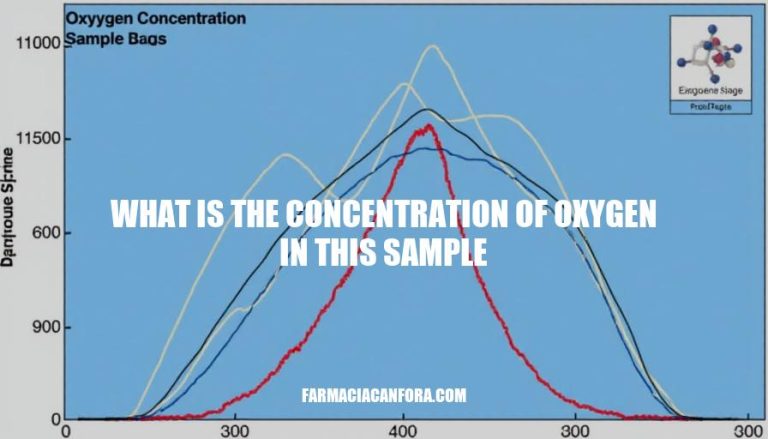


When we talk about oxygen levels in something, we’re talking about how much oxygen is actually there. It’s an important thing to know in lots of areas like science, medicine, and industry. For example, in water environments, knowing the oxygen level can tell us if the ecosystem is healthy because fish need oxygen to survive.
In hospitals, checking blood oxygen levels helps doctors understand how well someone’s lungs are working. And in factories, controlling oxygen levels during things like food production or burning fuel makes a big difference in how efficiently and safely things get done.
To determine the concentration of oxygen in a sample, several methods and techniques can be employed, each involving specific equipment and standard procedures:
Technique: Gas chromatography separates and analyzes compounds that can be vaporized without decomposition.
Equipment: Gas chromatograph, columns, detectors, and carrier gas.
Procedure: The sample is injected into the GC, where it is vaporized and carried by an inert gas through a column. The different components are separated based on their interaction with the column’s coating and detected at the end.
Oxygen Sensors
Technique: Oxygen sensors measure the concentration of oxygen in a gas or liquid.
Equipment: Electrochemical oxygen sensors, optical oxygen sensors, zirconia oxygen sensors.
Procedure: The sensor is placed in the sample, and the oxygen concentration is measured based on the sensor’s response. Calibration with known oxygen concentrations is essential for accurate measurements.
Technique: Blood gas analyzers measure the levels of oxygen and carbon dioxide in blood.
Equipment: Blood gas analyzer, blood gas syringes, calibration gases.
Procedure: A blood sample is drawn and injected into the analyzer.
The device measures the partial pressure of oxygen (pO2) and carbon dioxide (pCO2) in the blood.
Technique: Winkler titration is a classical method for measuring dissolved oxygen in water.
Equipment: BOD bottles, manganese sulfate, alkali-iodide-azide, sulfuric acid, sodium thiosulfate, starch solution.
Procedure: The sample is collected in a BOD bottle and treated with manganese sulfate and alkali-iodide-azide. The sample is then acidified, and the dissolved oxygen is fixed as iodine.
The iodine is titrated with sodium thiosulfate, and the endpoint is detected using starch as an indicator.
Technique: Optical dissolved oxygen meters measure the concentration of dissolved oxygen using luminescent materials.
Equipment: Optical DO meter, calibration solutions.
Procedure: The meter is calibrated with known oxygen concentrations, and then the sample is measured. The luminescent material’s response to oxygen is used to determine the concentration.
Calibration: All equipment must be calibrated regularly using standard solutions or gases with known oxygen concentrations.
Sample Handling: Samples should be handled carefully to avoid contamination and loss of oxygen.
For dissolved oxygen measurements, samples should be analyzed immediately after collection.
Safety: Proper safety measures should be followed when handling reagents and samples, especially in methods like Winkler titration which involve hazardous chemicals.
These methods and protocols ensure accurate and reliable determination of oxygen concentration in various samples.
The concentration of oxygen in a sample refers to the amount of oxygen present, which is crucial for understanding various aspects such as ecosystem health, lung function, and industrial processes. Accurately measuring oxygen concentration is vital in different fields like science, medicine, and industry.
Several methods can be employed to determine oxygen concentration, including Gas Chromatography (GC), Oxygen Sensors, Blood Gas Analyzers, Winkler Titration, and Optical Dissolved Oxygen Meters. Each method involves specific equipment and standard procedures, such as calibration, sample handling, and safety protocols.
The importance of accurate oxygen concentration measurement cannot be overstated. It has significant implications for various industries, including healthcare, environmental monitoring, and manufacturing. By accurately measuring oxygen concentration, we can gain valuable insights into the health of ecosystems, the effectiveness of medical treatments, and the efficiency of industrial processes.
In conclusion, accurately determining oxygen concentration is a critical aspect of various fields, and employing the right methods and protocols is essential for reliable results. The importance of accurate measurement cannot be overstated, and it has significant implications for industries and applications where oxygen concentration plays a crucial role.